Apple iPhone 6 vs LG G3
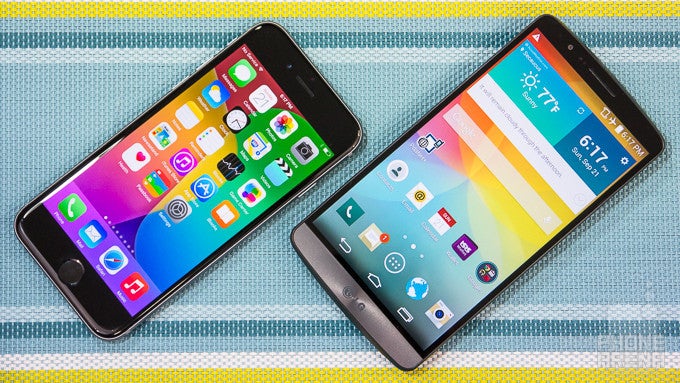
Introduction
The arrival of the Apple iPhone 6 is a big event on the mobile phone market and it has the immediate effect of stirring the place since it’s such a big launch. However, with every passing year, competition to Apple’s iPhone intensifies from all sides.
This year, Apple has given in to the desires of many people for a larger screen and has equipped the iPhone 6 with a 4.7-inch display. Other companies, however, have gone even higher, and one such is LG with its G3, LG’s 5.5-inch flagship phone.
Despite the difference in sizes, these two will be fighting for users attention on store shelves all throughout the Holiday season. This means that it’s time to see how they compare.
Design
The ‘aluminium’ iPhone 6 is one of the smallest flagships out there while the G3 has record screen-to-size ratio but is still much larger
The Apple iPhone has long been perceived as a device of both style and a sturdy, premium build. The iPhone 6 does not stray from this trend: it comes with a new design where looks adopt a sleek, iPad mini-like aesthetic. Gone are the sharp edges and flat sides of the last four generations of iPhones - the new iPhone 6 features rounded sides that make it a slightly better fit in the hand (but also, you can no longer sit the iPhone on its side). The aluminum iPhone is tightly put together, and every bit as premium as you’d expect. The back remains flat, though, with the Apple logo etched in the middle, and the only thing that breaks the otherwise uniform metal looks are strips of plastic that outline the antennas on the back of the iPhone. And yes, the camera protrudes out just slightly, which might annoy some people.
The LG G3, on the other hand, is a plastic device, but it does not feel cheap at all. LG has treated the plastic cover with a non-glossy finish, and this way it stays clean of fingerprints. It also fakes a brushed metal look - it’s not real metal, though, but it’s hard to tell from afar. The phone is also very well put together, with a solid feel to it. Unlike the iPhone, the back is not flat, though - you have a curved back cover that goes a long way towards fitting easier in a hand.
Speaking of size, the iPhone 6 with its tinier display is overall noticeably smaller, narrower, but the LG G3 is surprisingly compact for its screen size. The difference can be felt, though, and the iPhone 6 - albeit hard - can still be used single-handedly, something that is hard to say about the G3. The iPhone is also surprisingly thin, measuring just 0.27” (6.9mm), while the G3’s thickness varies, but at its thickest point it’s 0.35” (8.9mm).
In terms of buttons, the iPhone 6 introduces some changes, moving the power/lock key from the top (on earlier generations) to the side. That makes it easy to reach, although the increased size. The G3 on the other hand, has no buttons on the sides and instead opts for rear-positioned keys. The power/lock key lies where your index finger resides naturally, and it’s also got a very clicky, nice feel. The lock key is encircled with two volume buttons. You can long-hold the ‘volume down’ key to quickly launch the camera app and snap away images, a nice convenience.
We should also note that neither handset is water-resistant - something that might worry those who are used to seeing water-sealed devices like the Sony Xperia Z3/Z2 and Samsung’s Galaxy S5.
Display
Both the iPhone 6 and LG G3 feature displays with pleasingly rich colors. The 4.7” iPhone 6 display is smaller, and not as sharp, but has great outdoor visibility, while the 5.5” G3 screen is big and very sharp, but does not perform as well outdoors
The Apple iPhone 6 features a 4.7-inch display with a resolution of 750 x 1334 pixels, which pales in comparison to the larger, 5.5-inch screen on the LG G3 that comes with a massive 1440 x 2560-pixel Quad HD resolution. The difference in pixel density makes the contrast apparent: the iPhone 6 comes in at 326ppi, while the G3 clocks in at 538ppi. This means that the LG G3 is clearly the more detailed one. Interestingly, though, to understate the effect, LG applies some sort of an additional sharpening effect, and goes a bit overboard as images on it appear oversharpened, with a halo around some elements.
Earlier iPhones have reached very high color accuracy, and the iPhone 6 packs a very accurate display, but not a perfect one. It has a slight bluish cast with greyscale color balance a bit off towards that colder tonality. Color temperature comes in slightly north of 7000K, above the 6500K reference point, which again, reiterates the colder tonality of the display. In this regard, the LG G3 is very similar - it has a slightly more imbalanced greyscale with a more pronounced blue tint.
We’re glad to see both the iPhone 6 and LG G3 adhere to the industry-standard sRGB color gamut when it comes to color calibration. Color accuracy is a bit off on both phones, but still very good. The LG G3 has gone for that oversaturated look as practically all colors get an artificial saturation boost, but the hues are accurate and colors are not gaudy, as with the Samsung Galaxy S5 or Note 3.
In terms of brightness, the iPhone 6 is a true champ. We measured brightness at the excellent 606 nits, significantly more than the 455 nits on the G3. This is a huge contribution to a better outdoor viewing experience on the iPhone. It also has slightly better viewing angles, preserving colors well, but the difference in viewing angles is mostly negligible. For night viewing, the iPhone 6 does a bit better as the screen can go down to 7 nits, while the LG G3’s lowest possible is 9 nits.
Interface and functionality
iOS 8 on the iPhone 6 is a well-polished operating system where Apple shows its own idea of visual style with a clean and colorful interface, while LG G3’s Android skin features contemporary looks and offers some unique features like ‘Quick Remote’
The Apple iPhone 6 runs on the latest iOS 8, while the LG G3 features Android 4.4 KitKat customized with the company’s Optimus user interface. The battle between iOS and Android has grown to the proportions of the fanboy Windows vs Mac wars of the 90s, but on the whole the two platforms are comparable in terms of richness of features. Google has done a great job catching up and even surpassing the App Store in terms of the sheer number of apps, but Apple still has headway when it comes to the important apps: top games and apps by big companies still often arrive first - and sometimes only - on iOS.
In terms of functionality, though, Android and iOS are similarly capable. iOS is a bit simpler and easier to grasp - you have no complications like an app drawer, file manager access, and you have a physical key that you can always press when you get in trouble. Android, on the other hand, has gone to great lengths towards being more user-friendly, and it in fact takes pride in those sophistications like the file manager we mentioned above, as that provides extra functionality.
It’s clear that in many ways the two platforms borrow from each other - iOS adopted an Android-like notification dropdown, and Apple has optimized it in iOS 8 to include not three, but two tabs. However, Apple has also outsmarted Android with its control center that you access by swiping up from the bottom - it has four essential shortcuts to features like the flash light, calculator, timer and camera access, and having those always within reach is something that works out to iOS’ advantage.
iOS 8 takes two important steps to catch up with the openness of Android: first is the expanded sharing options, an area where Android is king with effortless sharing between all sorts of apps across the entire platform, and second is the addition of third-party keyboards with gesture typing that Android has had in a long while. For all else basic functions, the two platforms have different visuals, but nearly identical functionality.
It’s worth pointing out that there is a notable difference in the bundled apps on iOS and Android. iOS 8 and iPhone 6 lack the Google suite of applications out of the box, but does have a built-in Health hub, as well as the Passbook coupon and card aggregator that Android lacks. The LG G3, on its part, has a few tricks up its sleeve: an infra-red sensor with companion app to use your phone as a TV remote are absent on the iPhone 6, as well as are other neat features like the ‘Knock On’ (knock twice to lock and unlock the screen), and QuickMemo that allows you to jot down a note on top of any screen.
In terms of customization, though, Android is still way ahead with features like live wallpapers, and the capability to add launchers, themes, and basically tweak every aspect of the interface to your liking. Apple has made some baby steps towards more customization, but it’s still pretty much limited to Apple’s idea of what the operating system should look like, and you cannot change things like icons, themes, and so on.
We do like, however, that both companies realize that larger screens require some optimizations to the UI - Apple has ‘Reachability’ in the iPhone 6, so you can double tap on the home key to bring down any screen so that you can reach it with a finger, while the G3 allows you to squeeze the keyboard to the left or right for more comfortable single-handed typing.
Processor and Memory
The iPhone 6 is a smooth performer that works well in daily life and crushes benchmarks to come on top of our rankings. The G3’s Quad HD display drags it down, and while not slow, it occasionally stutters
Before diving in minute details about all the chips that make the two phones run, and how well they score in benchmarks, it’s worth pointing out that there is a marked difference in the perceived performance of the iPhone 6 and the LG G3. The Apple iPhone 6 runs smoothly, with all animations playing with steady frame rates, and is capable of fast and effortless switching between apps. The LG G3, on the other hand, for one reason or another, just does not flow smoothly - it drops frames occasionally, and apps take longer to load than on Apple’s device.
What are the reasons for this? We won’t delve in the depths of the fundamental differences between iOS and Android as platforms, but we should say that the G3 has a heavier load to lift - its Snapdragon 801 quad-core system chip has to drive millions more pixels of its Quad HD display, while the Apple A8 has an easier task with the lower resolution screen.
The processor and performance of the iPhone is probably the most misunderstood part of the device, as Apple’s conservative approach to clock speeds fools many. Yes, the iPhone 6 does have a dual-core Cyclone CPU clocked in at around 1.4GHz, while the LG G3 runs on a quad-core Snapdragon 801 system chip with a 2.5GHz Krait 400 CPU. What this does not tell you, though, is that the 2.5GHz clock speed is more of a turbo speed that the G3 goes up to for a very limited time before dropping down low to much lower nominal clock speeds. Overall, benchmarks show that single-core performance is in fact much faster on the iPhone 6, while multi-core performance is about on par with the G3. The Apple A8 is also build on the more efficient 20nm manufacturing node, while the G3’s Snapdragon is manufactured on a 28nm process.
The amount of RAM is just 1GB on the iPhone 6, while the G3 has a whopping 3GB of RAM. That’s one clear advantage for the G3, but we should also take into account that it’s hard comparing specs like this directly because of the very different ways Android and iOS multitask.
Apple claims that the iPhone 6 also packs a 50% more powerful GPU than its predecessor, and combined with the relatively low resolution, this results in some huge changes to the gaming capabilities of the device. Graphics benchmarks indeed show the huge difference in triangle crunching power of the iPhone 6 over the LG G3.
In terms of internal storage, Apple has made a change to its lineup with the iPhone 6, as the device now comes in three models: a 16GB, 64GB , and 128GB one (yes, there is no 32GB model). The LG G3 in comparison comes with 32 gigs of on-board memory. The main difference between the two lies in the fact that the iPhone 6 does not have a memory expansion slot, while the G3 allows you to put your own microSD card of up to 128 gigs to expand on its built in storage allowance.
Internet and Connectivity
With fast-performing browsers, and 4G LTE at 150Mbps, surfing is a breeze on the iPhone 6 and LG G3
The Apple iPhone 6 ships with mobile Safari as the default browser, while the Android-powered LG G3 comes with a choice of two browsers: LG’s custom AOSP-based solution, and mobile Chrome. We find both iOS’s Safari and the G3’s browsers to be similarly quick and efficient in rendering web pages, but Safari has that extra smoothness, while Chrome stands out with its nicely optimized for touch card-based interface and cross-device syncing capabilities. It’s worth noting that with iOS 8 Apple has also optimized WebKit, so that third-party iOS 8 browsers can actually make full use of it and reach the same speed as Safari.
Both handsets feature 4G LTE connectivity, with the iPhone particularly rich in LTE bands. Both support Category 4G LTE modems, which means that the two can achieve downlink speeds of up to 150 Mbit/s. Both have dual-channel Wi-Fi, as well as GPS and Glonass connections. The big news about the iPhone 6 is that it supports NFC that Apple is restricting to use with Apple Pay only. Android phones have had NFC chips for a long while, and the LG G3 is no exception, but its use is limited to easier pairing with other gadgets, while mobile payments via NFC are not widely supported.
Camera
The iPhone 6 manual exposure is a welcome new feature, and overall, its 8-megapixel shooter captures great-looking images in both day and night. The LG G3’s 13-megapixel cam features OIS, and shoots similarly good pictures
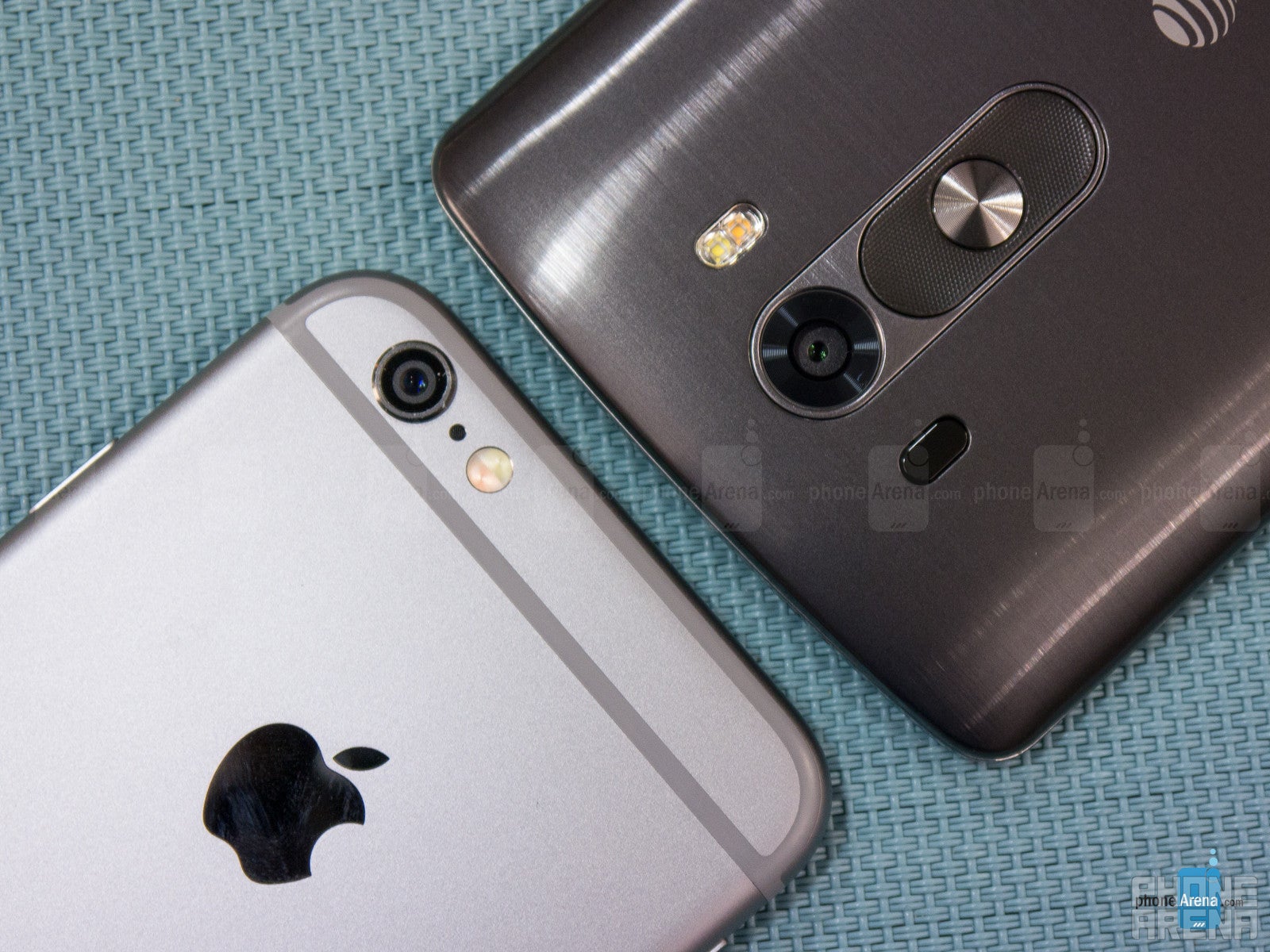
First, the basic camera specs: the iPhone 6 comes with a 1/3" sensor, the same size as in the iPhone 5s. Apple underlines the fact that the iPhone has large, 1.5-micron pixels, a feature that it considers essential for image quality, and this size is indeed larger than the 1.1-micron pixels on the LG G3 and most other flagships. Spread across the sensor are Apple’s new ‘Focus Pixels’, phase-detection pixels that are used for faster focus detection. The LG G3 on the other hand, features a 13-megapixel Sony IMX135 sensor that is just a tad smaller than that of the iPhone at 1/3.06”. Focus speed on the G3 is improved thanks to a laser-assitance system. In terms of optics, the iPhone 6 comes with a 5-element f/2.2 aperture lens with a~29mm focal distance, with sapphire cover. The G3 in comparison features a slower, f/2.4 lens with identical focal distance.
Apple has definitely stepped up the game in terms of camera architecture in the iPhone 6, and the stock camera app opens up quickly and shoots quicker than any other phone out there. Apple has added exposure control that you trigger when you manually select the focus point and after selecting it drag your finger up or down to adjust exposure - it’s simple yet extremely effective and easy to use. In addition to that, you have a new time-lapse mode, 1080p recording at 60 frames per second, and a very cool slow motion 240fps and 720p. It’s worth pointing out that the iPhone 6 can capture 43-megapixel panoramic images, even more detailed than the 28-megapixel ones of the iPhone 5s. The iPhone 6 does, admittedly, lack 4K video recording capabilities. LG’s G3 has a similarly simple camera app that is made for shooting all-auto. Manual controls are very limited: you can only select whether or not to use HDR, as well as the timer, image resolution, and voice commands. The G3 has a ‘magic focus’ mode that allows you to tweak the focus of a picture after you capture it, but it is slow, finnicky and does not work well with moving objects. There’s also a panorama (which is much less detailed than the one in the iPhone) and dual shot mode.
The picture quality on the iPhone 6 is great: images look pleasingly lively, with vibrant color, and exposure is usually spot-on. In low light, the camera does a very good job as well - noise naturally gets more visible in such situations, but it’s kept at reasonable levels and it’s less than in the iPhone 5s. When the dual-tone flash fires, it lights up the scene well and does warm up the image, so it does not look unnaturally cold. The LG G3, on the other hand, is a similarly great performer when it comes to image quality. Both capture images that are rich in detail and with vivid colors (a bit on the warm side, though). Indoors, though, the G3 does a good, but not a great job, as sometimes images captured on it look blurry, and detail is a bit too softened out.
One area where Apple did not improve all that much is the front camera - the iPhone 6 features a 1.3-megapixel front ‘selfie’ cam, the same resolution as in earlier iPhones. The LG G3 front shooter has a slightly higher resolution at 2.2 megapixels, but also does not impress much with the end results.
Multimedia
The larger screen of the LG G3 is an advantage when it comes to media consumption, while the iPhone 6 is easier to see outdoors
[The larger-than-before, 4.7-inch display on the new iPhone 6 goes a long way towards a more enjoyable media experience, but the 5.5” LG G3 trumps it in this regard. The 5.5-inch screen makes movie watching and gaming a better experience, with more space for your thumbs to control gaming and with more space for your eyes to ogle. On the other hand, the iPhone 6 still has the richer app ecosystem, and a decently sized display that performs admirably outdoors.
For music playback, both phones feature music players that are rich in options, and both do a great job breaking down your music by artists, songs, albums, etc. The G3 music player also has the option of sorting your music collection by the folder, something that the iPhone lacks.
Both handsets feature a single loudspeaker - the iPhone has got the loudspeaker on the bottom, while the G3’s one is on its back. Both deliver very good sound quality - clear and loud, but the G3 is the one that packs a bit more oomph, reaching loudness levels of 81dB in our measurement, while the iPhone 6 goes up to 74.5dB.
Call quality
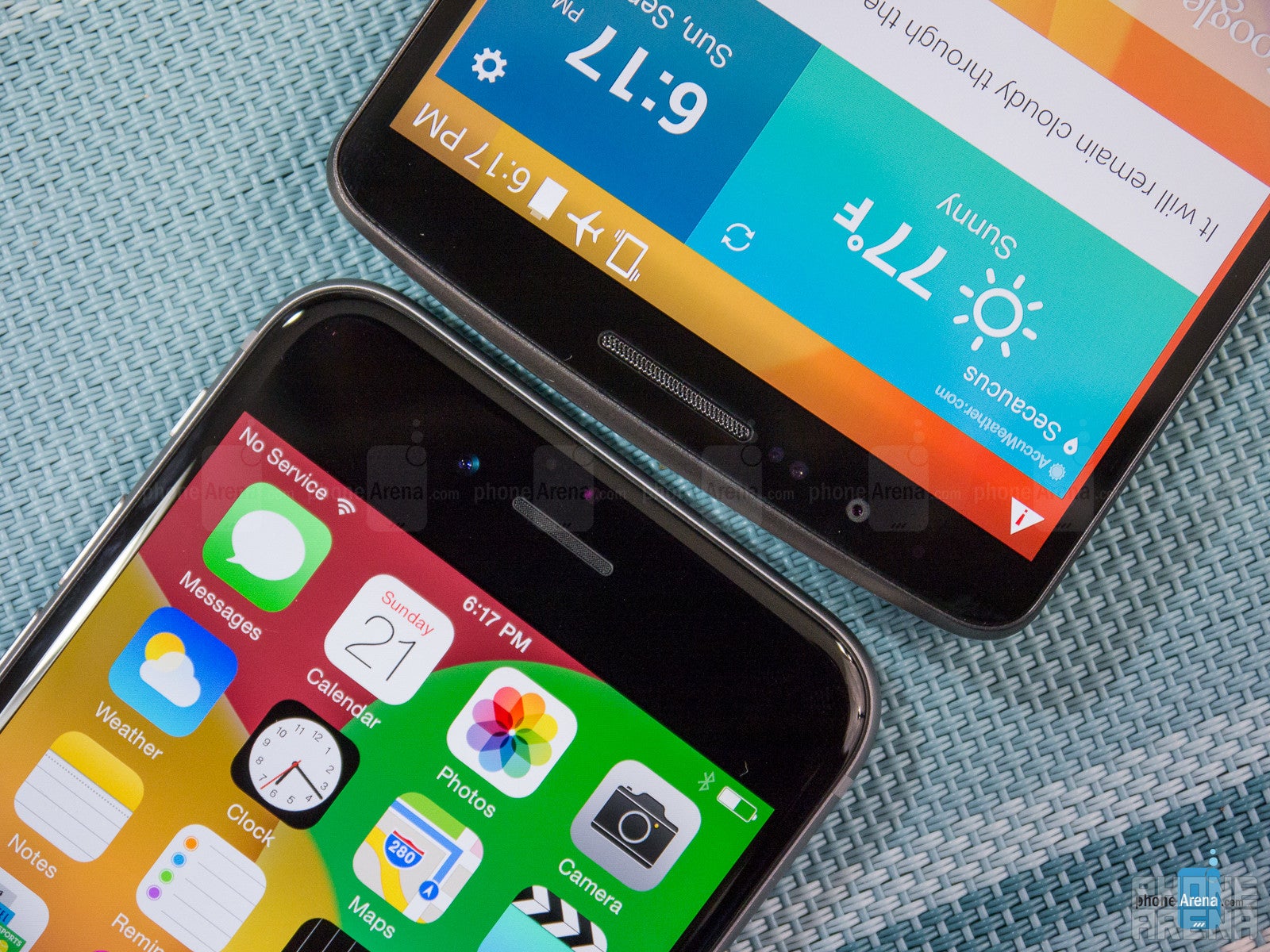
The iPhone 6 adds Wi-Fi calling functionality, which translates into hugely improved call quality, but the feature is only available on T-Mobile at the moment, and wider availability is yet to follow.
Both speakerphones are loud enough to let you hear callers with sufficient loudness, but we noticed a slight distortion and cracking sounds through the iPhone 6 one.
Battery
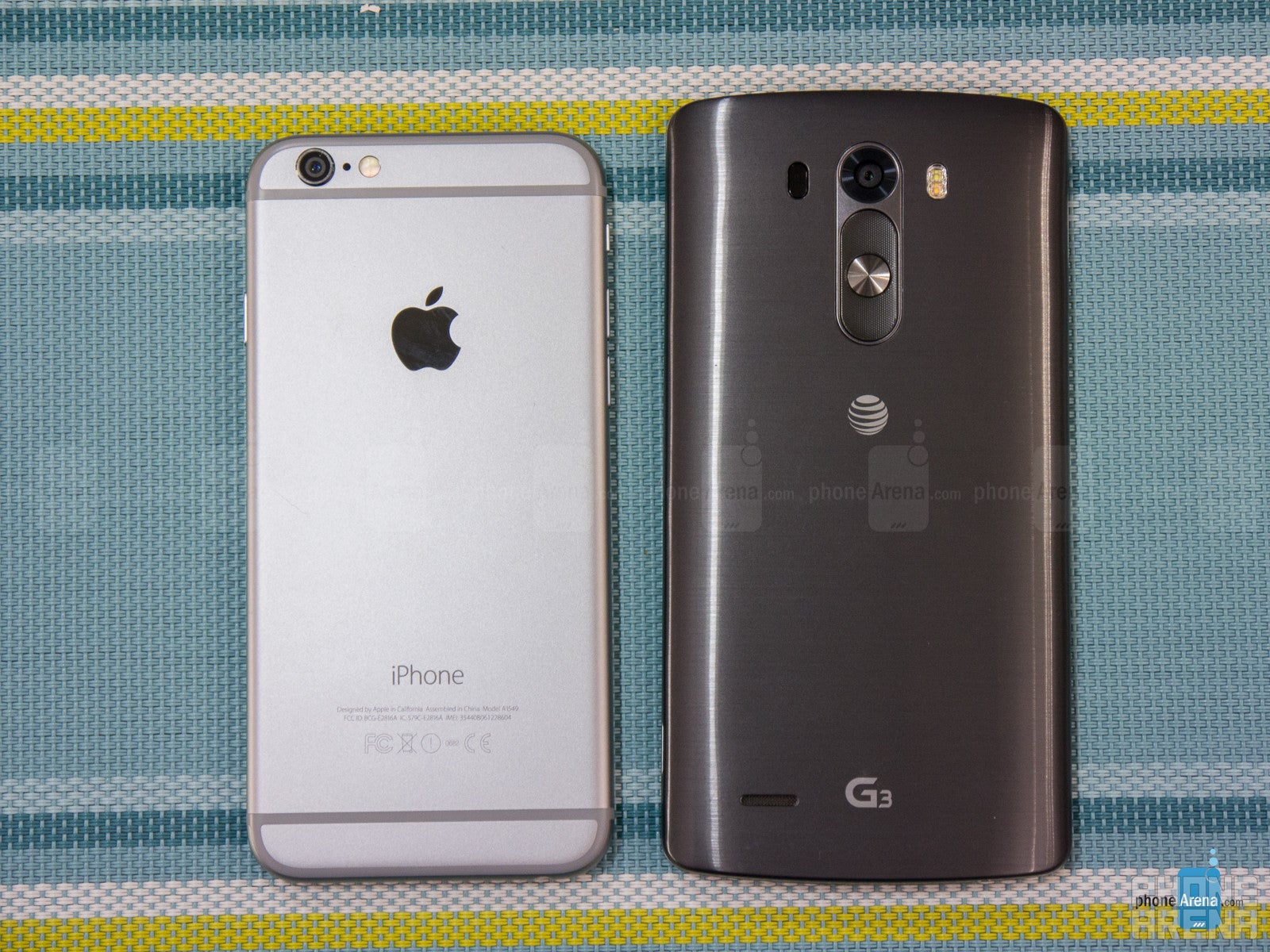
The iPhone 6 packs a sealed, 1810mAh battery, while the LG G3 sports a 3000mAh juice pack. In our stressful battery test that simulates continuous real-life usage, both underperformed: the iPhone 6 scored 5 hours and 22 minutes of non-stop usage until the battery died, while the LG G3 recorded a slightly higher, but still non-impressive 6 hours and 14 minutes.
Conclusion
With all things said, which one should you pick: the new iPhone 6, or the LG G3? Both are great flagship devices, but if price is your main concern than the LG G3 definitely has the upper hand: its prices range from free to $50 on a two-year contract, or $490 when you buy unlocked. The iPhone 6 on the other hand starts at $199 on a 2-year contract, or $649 when you get it off-contract (the T-Mobile version is also unlocked and free to use internationally).
The other subjective factor would be the screen: you’d have to make a decision whether you want a larger, 5.5” display like on the LG G3, or a smaller, 4.7” screen and compact body like on the iPhone 6. If we ignore price and screen size for a moment, the LG G3 would be a better fit for those who prefer the openness of Android and the option to tinker around, and customize the looks of the interface completely. For all else, though, the iPhone 6 just seems to offer more when it comes to all major areas: screen quality, performance, and camera. Plus, it’s also got the rich Apple ecosystem behind it, and that’s not to be overlooked.

Follow us on Google News
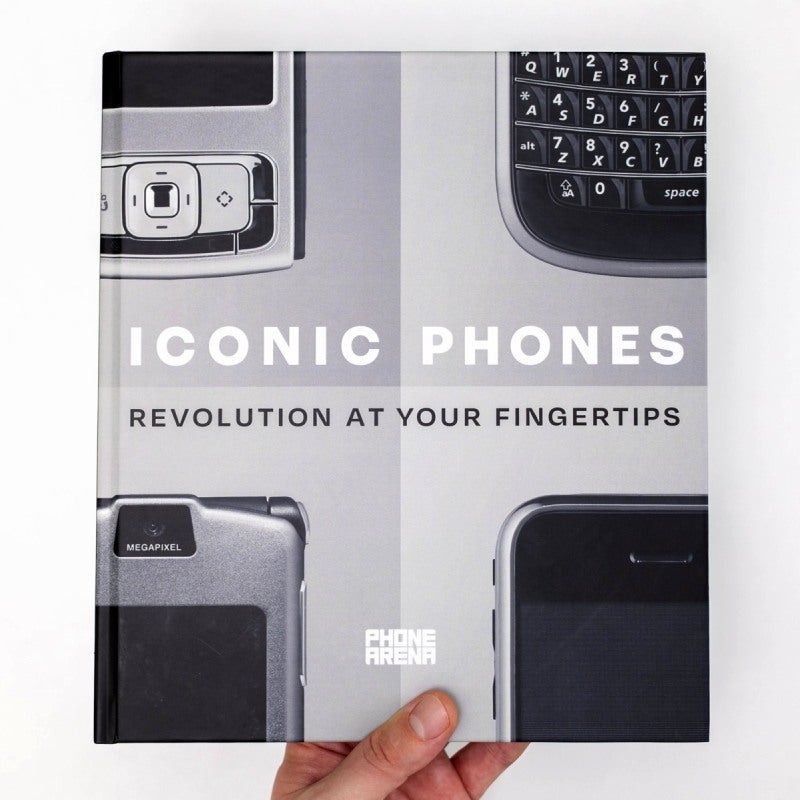
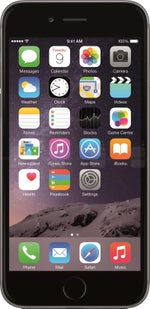
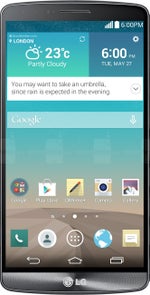









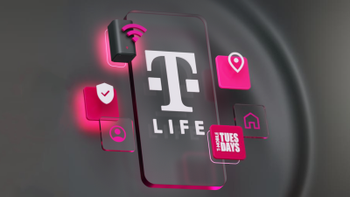
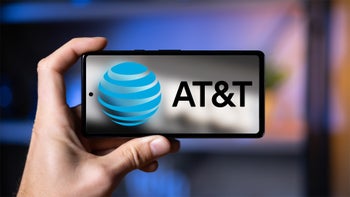

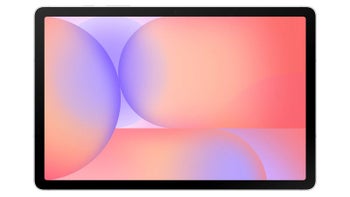
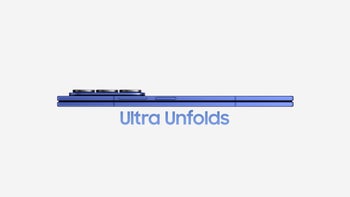
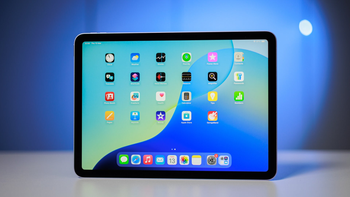
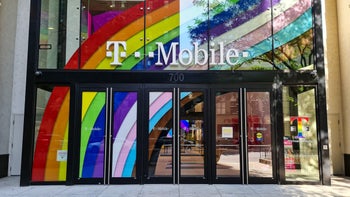
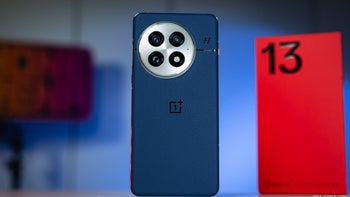
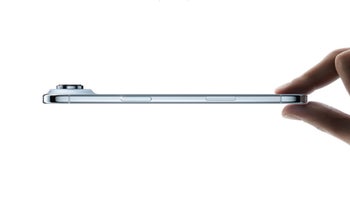
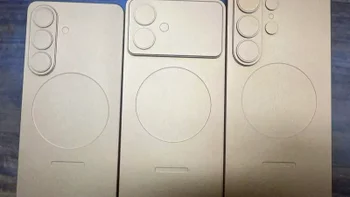
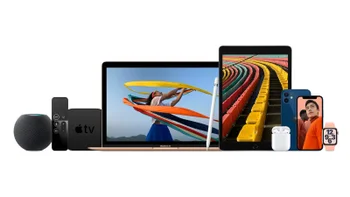

Things that are NOT allowed:
To help keep our community safe and free from spam, we apply temporary limits to newly created accounts: